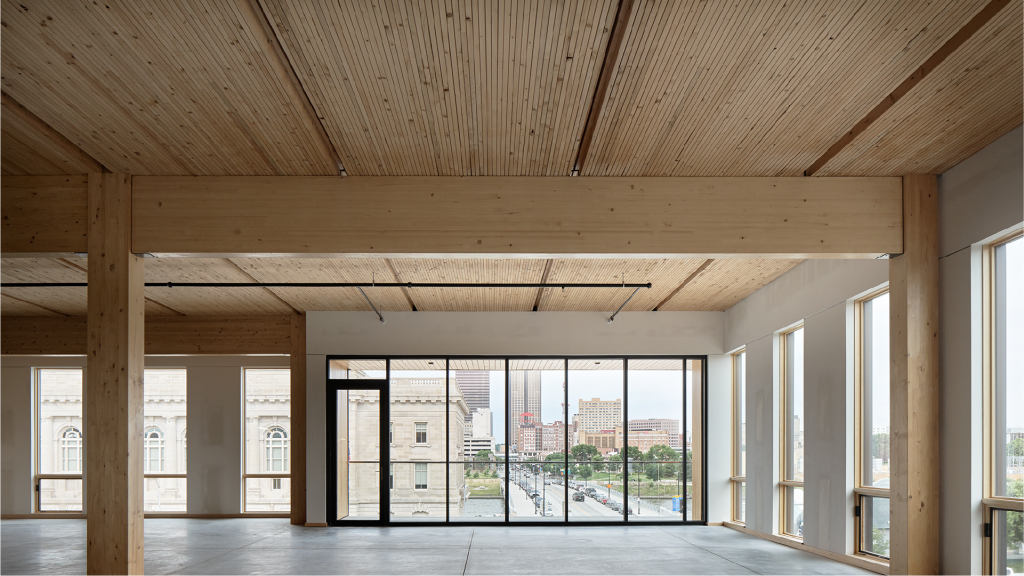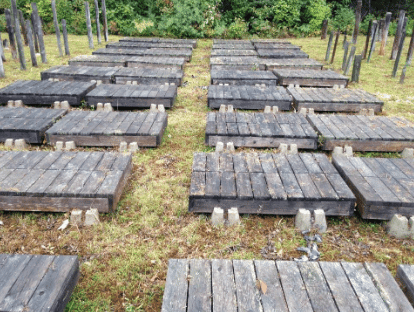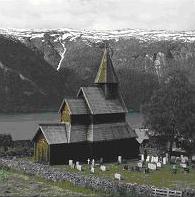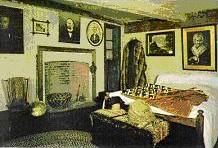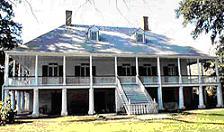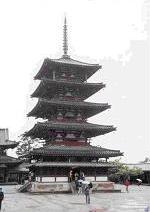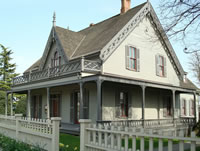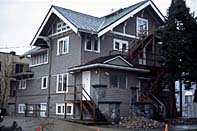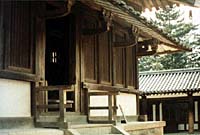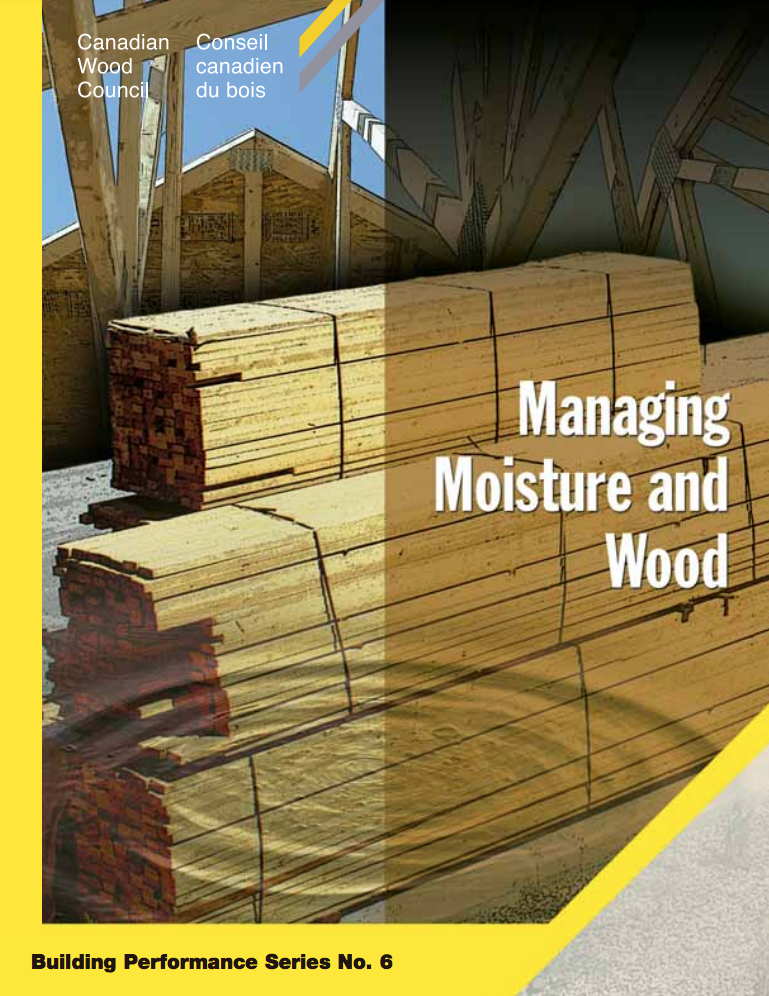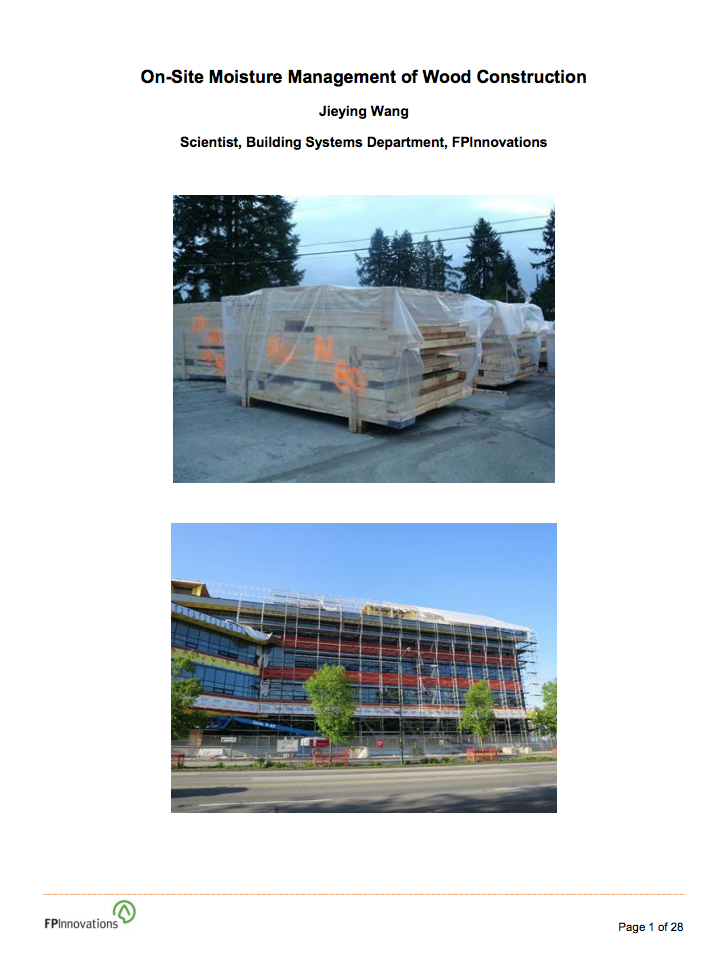For new wood, remember:
- The wood must be dry. Drying time depends on a few factors.
- Ideally the wood should be kiln-dried (stamped “S-DRY”, “KD” or “KDAT”, see glossary of “dry lumber”). If the wood is surface wet from rain or washing, let dry 1 to 2 days.
- If the wood is wet through (green lumber, pressure-treated lumber not stamped “KDAT”), 2 days of drying is acceptable if using a “damp-friendly” coating. Otherwise:
- The wood must be allowed to thoroughly dry to a stable outdoor moisture content; about 15% in most climates. The characteristics of the wood and the climatic characteristics of its environment are so variable that drying time is hard to predict. The common way to determine wood moisture content is with a moisture meter. (Note: specific correction factors should be applied if a moisture meter is used on preservative-treated wood.)
- Weather conditions during coating application can affect the coating’s drying, appearance and performance. Follow the coating manufacturer’s recommendation.
- Coat as soon as possible after the wood has been planed or sanded. Apply finishes within two weeks of exposure, or sooner if possible (Surface Preparation for Fresh Wood). Otherwise, follow the instructions for aged (weathered) wood below.
- If the wood is very smooth, lightly sand it to roughen the surface with 100-120 grit sand paper. This greatly improves the coating bond. Brush free of dirt and sawdust.
- If painting the wood, apply a primer coat. Use an extractive-blocking primer, if needed (for example, with western red cedar or redwood) over the entire piece, or a knot sealing primer if needed (Special Considerations). When dry, apply two coats of top quality paint. For stains and water repellents, follow the instructions on the can regarding number of coats.
- Carefully follow the instructions on the can regarding best environmental conditions for coating, application recommendations, safety precautions and clean-up.
For aged (weathered) wood, remember:
- For wood that has been previously coated, please read about refinishing.
- Clean the wood and remove discolourations such as iron stain, if desired. Expose fresh wood because coatings perform best when applied to freshly exposed wood surfaces. Allow to dry. See Surface Preparation for Aged Wood.
- Brush free of dirt and sawdust, and proceed with application of the coating.
When maintaining or refinishing, remember:
- Avoid the need to refinish by keeping an eye on the coating and adding a fresh coat before the previous coat wears away, cracks or peels. This may be as frequent as every six months with water repellents, every year or two with stains, and every few years with paint (See Maintenance).
- Spot-treat worn areas to extend the period between full applications of a fresh coat. Sand away any failed coating and any weathered wood, and re-apply the coating (See Maintenance).
- If the coating has failed on a large scale, or the coating is getting too thick for refinishing, or if a change in type of coating is desired, completely strip away the old coating – please read about refinishing.


